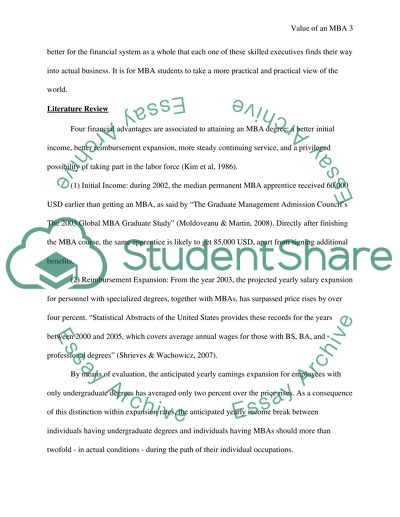Cite this document
(“Finance and Accounting Term Paper: Value of an MBA Paper”, n.d.)
Retrieved from https://studentshare.org/finance-accounting/1393470-the-value-of-an-mba
Retrieved from https://studentshare.org/finance-accounting/1393470-the-value-of-an-mba
(Finance and Accounting Term Paper: Value of an MBA Paper)
https://studentshare.org/finance-accounting/1393470-the-value-of-an-mba.
https://studentshare.org/finance-accounting/1393470-the-value-of-an-mba.
“Finance and Accounting Term Paper: Value of an MBA Paper”, n.d. https://studentshare.org/finance-accounting/1393470-the-value-of-an-mba.


